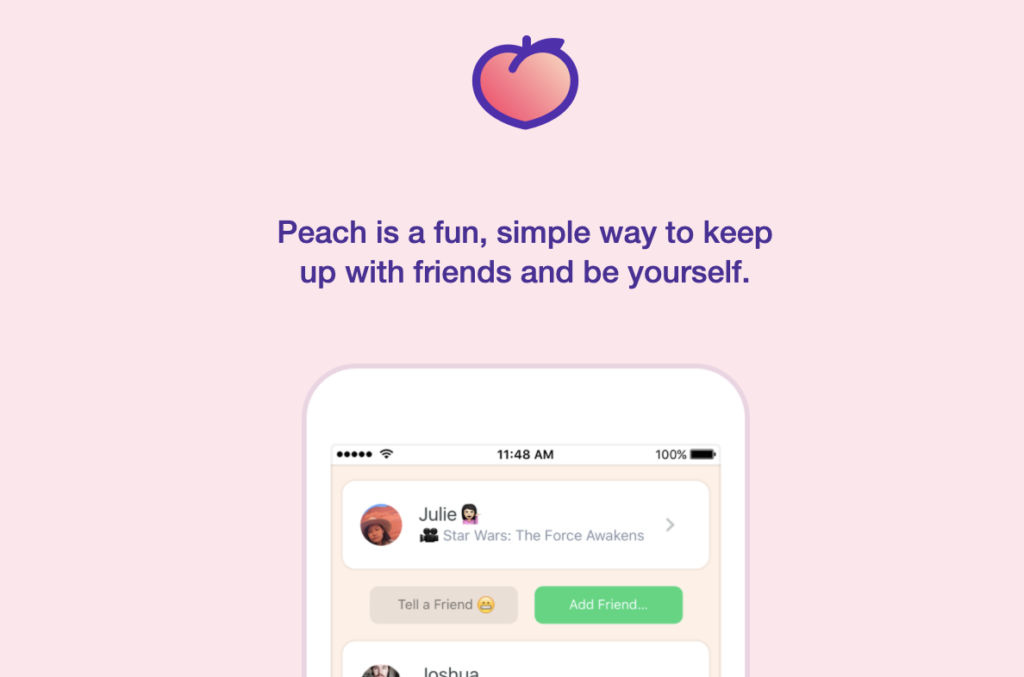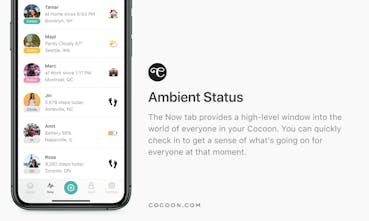Today, my body flew, a limbless machine across the east coast of America. We drove up to New Jersey. I haven’t stepped around Yale or the tri-state area since last May. I will turn twenty-one and legal and become nothing special really again this coming May, a gift that only grants me easier access to alcohol in exchange for all my achievements seeming shittier. It’s been ages since I felt like anything in my life had been anything but a thing of perpetual stillness. Suddenly, America was rushing at me inwards, swallowing an unlived life whole. This must have been retribution for a year of acquiesce –– a year is a year, the greatest sin of my being allowing myself to measure it as such. Nothing in language alone can contain this feeling: being given a new world and life and still refusing to step on it miles later, watching the cranes dock and flutter and live and die on a rooftop and refusing to partake in anything of it, or of letting the muck stain on a plastic, foldable Muji mirror fester and wait for weeks while still using it and wincing every day. I’m mastering a new world around slowness praying that the temporal can pretend to be eternal, ignoring that minute measure of time was pernicious and subtle until every point in the galaxy combusted into something completely unrecognizable –– like how we drove over Capitol Hill and a relative I haven’t seen in three years lifted her phone and said nothing and took blurry iPhone-car window photos of it as if there was something to celebrate and that it was not on fire and revolt a little over a month ago. If I look at a photo of a dead body again and again I will be less angry and I will think nothing of it. Maybe she reacted that way to the Capitol.
My moral judgment these days is utterly shit. The speed at which I interact with people in-person is another thing that is utterly shit. I mean that when someone asks me a question, it feels like I process everything in much slower motion than I do when reading everything else. My mind is an instantaneous machine (this is why I have no head voice), but stoic whenever I face the infinite variables of face-to-face interaction. Perhaps I have forgotten how to read the sky. The room, the light, the tone of voice, the way people look down on me, recounting things in the past without having everything preplanned and familiar –– I freeze. There’s no interface to draw from but the millions of patterns and histories nascent in a moment, reverent to all a minutia’s past. I’m burying the memories of the present as we speak. If I spoke at the speed of our mini-van coasting up to Jersey I would maybe have a chance at salvation. Right now, I am nothing. Maybe I should pretend to speak a foreign language (or just speak the foreign language I know how to speak), or continue to feign that I’m too good for anyone so nobody has to talk to me and realize how heavy, slow, and burdensome it is to share moments with me.
…
In 0C I recorded my voice memos in a packed New Jersey parking lot in the middle of the night. I speak to cloudless sky, a coast of smog, discarded masks, and barely extant masonry – the families and people cooped up behind faux firepits and living off hotpots and Aroma Housewares. Lone being pressed to the tapping of feet. I’m obsessed right now with the forms of audio and text, translating one to the other, an impossible task that only ever passes but astounds; the same way that my interspeak will always just be passing and that I have shed the only form of language and identity that makes me who I am. Saying sorry for barely being able to speak on the street haunts me in nowhere New Jersey five years after the fact more than it did when I was clueless at home.
My relatives are sleeping in the Airbnb, their feet poking out of the covers and the white noise of the heater a hollow sign of human life.
…
![Best 100+ Cloud Pictures [HQ] | Download Free Images on Unsplash](https://images.unsplash.com/photo-1569428034239-f9565e32e224?ixlib=rb-1.2.1&ixid=MXwxMjA3fDB8MHxleHBsb3JlLWZlZWR8MXx8fGVufDB8fHw%3D&w=1000&q=80)
Recently ordered a Shure MV88 to make more field recordings. Recovered a guide to clouds a few editions away from one gifted to my by one of my best friends a decade or so ago.



